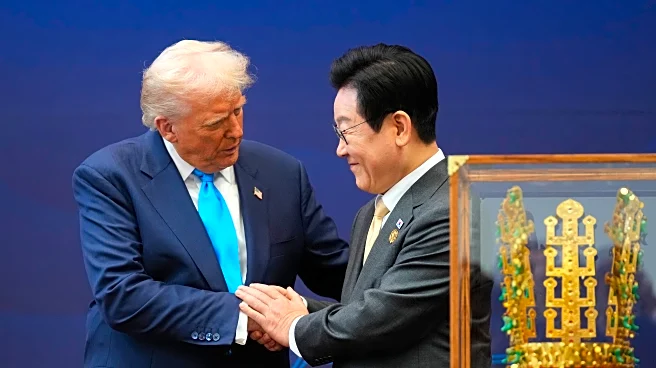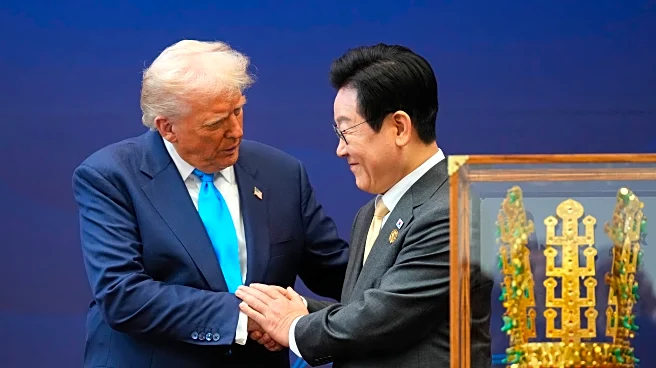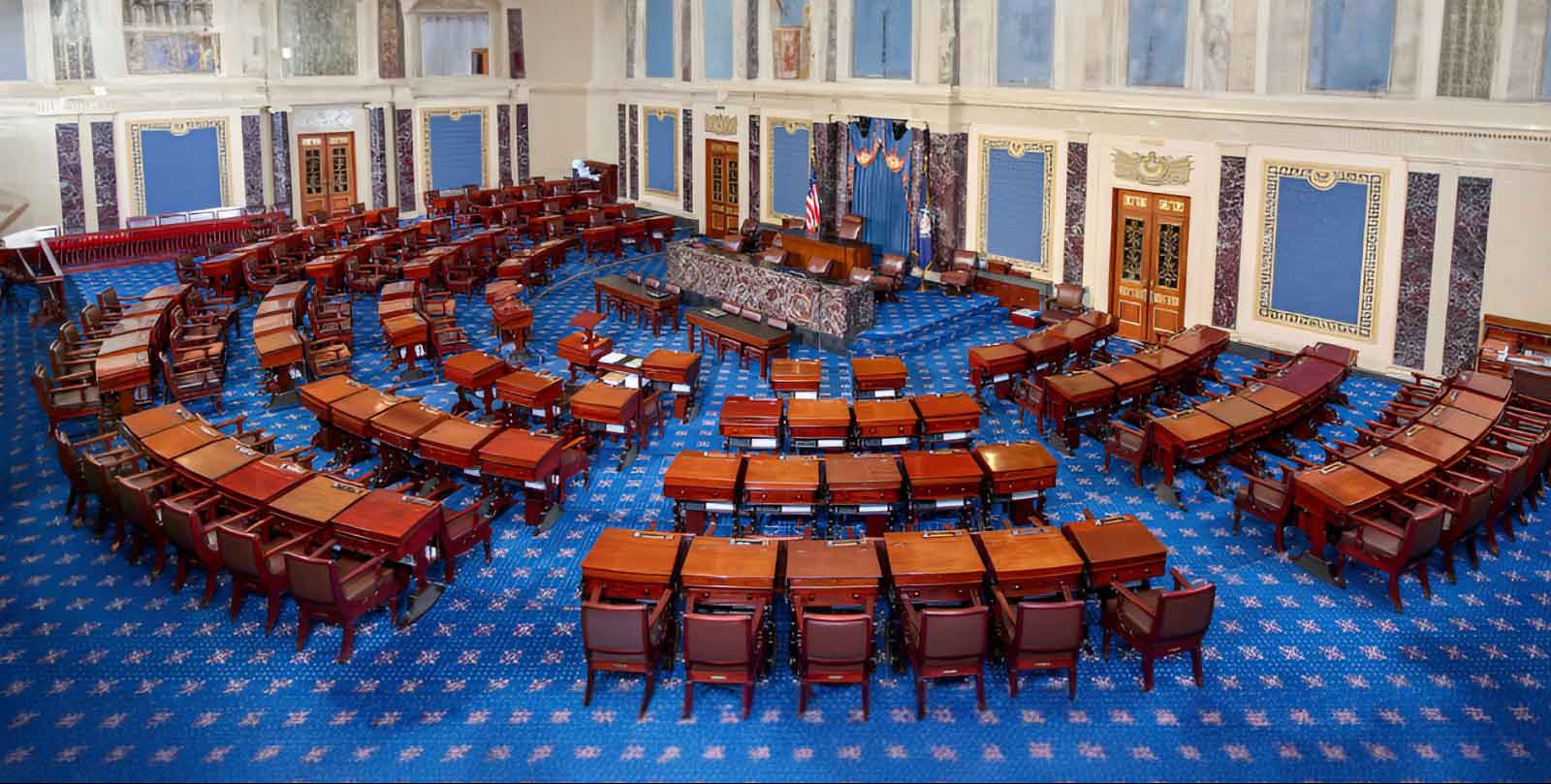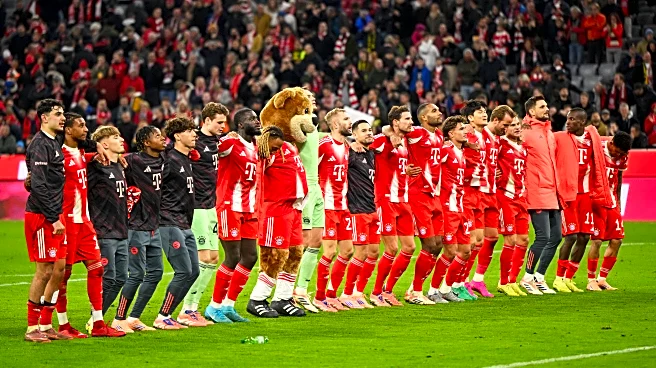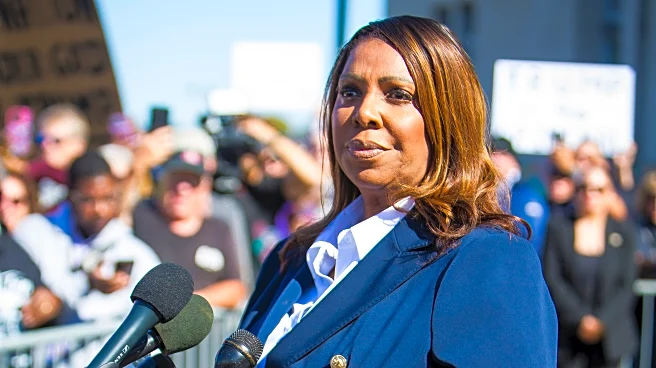What's Happening?
Time magazine has highlighted the rise of 'Dubai Chocolate' as a significant example of Emirati soft power, becoming a global sensation in the confectionery world. The product, which combines traditional Arabic ingredients like kunafa and pistachios with
modern tastes, was initially launched by entrepreneur Sarah Hammouda in collaboration with chef Noel Katis. The chocolate gained international fame after being featured by TikTok influencers, leading to its rapid popularity in markets such as Berlin, New York, and Tokyo. Major brands like Ghirardelli and Lindt have since released their versions, underscoring its global appeal.
Why It's Important?
The success of Dubai Chocolate illustrates the power of cultural products in enhancing a nation's global image. For the U.S., this trend signifies a shift in consumer preferences towards unique, culturally rich products. The popularity of Dubai Chocolate in American markets reflects a growing appreciation for diverse flavors and innovative culinary experiences. This development could influence U.S. confectionery companies to explore similar cultural fusions, potentially reshaping product offerings and marketing strategies to align with evolving consumer tastes.
What's Next?
As Dubai Chocolate continues to gain traction, U.S. confectionery brands may seek to collaborate with international partners to create similar culturally infused products. This could lead to increased competition in the market, driving innovation and diversification in product lines. Additionally, the trend may encourage American consumers to explore other international culinary offerings, further integrating global flavors into the U.S. food industry.
Beyond the Headlines
The rise of Dubai Chocolate as a symbol of soft power highlights the broader implications of cultural exchange in global markets. It demonstrates how food can serve as a bridge between cultures, fostering mutual appreciation and understanding. This phenomenon also underscores the potential for small, innovative products to achieve significant international impact, challenging traditional notions of nation branding and cultural influence.


